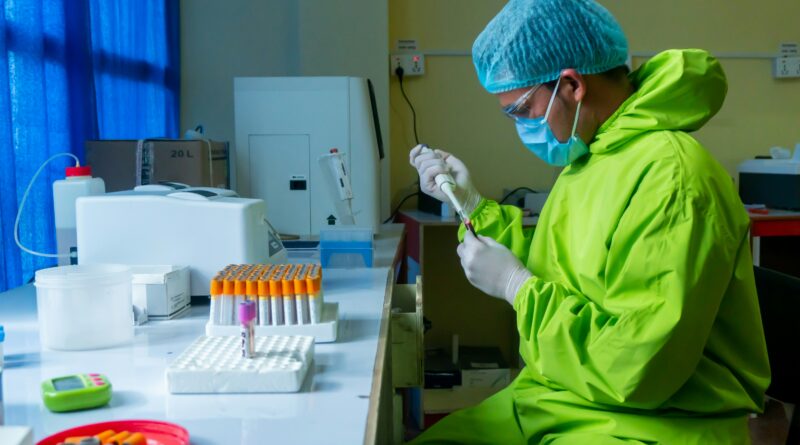Exosome Lipidomics: A Novel Frontier in Agricultural Research
In the dynamic field of agricultural research, scientists continually seek innovative methods to enhance crop resilience, improve yields, and develop more sustainable farming practices. One burgeoning area of study that holds immense promise is the analysis of exosomal lipids in plants. This article will delve into the concept of exosome lipidomics, its current applications, and the vast potential it presents for revolutionizing agriculture.
What are Exosomes and Exosome Lipidomics?
Exosomes are tiny, membrane-bound vesicles released by cells that facilitate intercellular communication. These nanoscale messengers transport a diverse array of biomolecules, including proteins, RNA species, and lipids, between cells. Lipidomics, a subfield of metabolomics, focuses on the comprehensive study of lipid species within a biological system. Exosome lipidomics, therefore, refers to the specialized analysis of lipids specifically within exosomes.
The Importance of Lipids in Exosomes
Lipids play a crucial structural role in exosomes, forming the bilayer membrane that encases the vesicle’s cargo. However, exosomal lipids are not merely passive components. They actively participate in exosome biogenesis, targeting, and uptake. Furthermore, lipids can influence the stability and half-life of exosomes in the extracellular environment. The lipid composition of exosomes can also serve as a signature indicative of the vesicle’s cell of origin and its functional payload.
Exosome Lipidomics in Plant Biology
In the plant kingdom, exosome lipidomics is an emerging area of research with profound implications for agriculture. Plants release exosomes into their environment, where these vesicles can interact with neighboring plant cells and even microorganisms in the soil. By analyzing the lipid profiles of plant-derived exosomes, researchers can gain insights into the complex communication networks that plants employ to adapt to their surroundings and respond to stressors.
Current Applications in Agricultural Research
Early studies in plant exosome lipidomics have already demonstrated its potential to transform agricultural practices. For instance, researchers have identified specific exosomal lipids that are differentially abundant in crops subjected to drought or pathogenic infections. These lipid biomarkers could be exploited for the early detection of plant stress, enabling farmers to implement targeted interventions before yield loss occurs.
Furthermore, exosome lipidomics is illuminating the mechanisms by which plants interact with beneficial microorganisms in the rhizosphere. By deciphering the lipid language that facilitates these symbiotic relationships, scientists may develop novel strategies to promote soil health and plant nutrition.
Future Directions and Challenges
While the promise of exosome lipidomics in agriculture is undeniable, the field is not without its challenges. The isolation and characterization of exosomes from plant samples is a complex process requiring sophisticated instrumentation. Additionally, the lipidomes of plant exosomes are vastly understudied compared to those of animal exosomes, necessitating further fundamental research.
Despite these hurdles, the potential of exosome lipidomics to drive agricultural innovation is vast. As methodologies improve and knowledge of plant exosomal lipids expands, this field may uncover novel avenues for breeding more resilient crop varieties, optimizing soil microbiomes, and developing biostimulants that enhance plant growth and health.
Conclusion
Exosome lipidomics represents an exciting frontier in agricultural research, offering a novel lens through which to understand plant biology and develop more sustainable farming practices. While challenges remain, the early successes in this field underscore its potential to transform the future of crop science and food security. As scientists continue to decipher the complex language of exosomal lipids, they may unlock the secrets to growing more robust, productive crops that can thrive in an increasingly uncertain climate.



